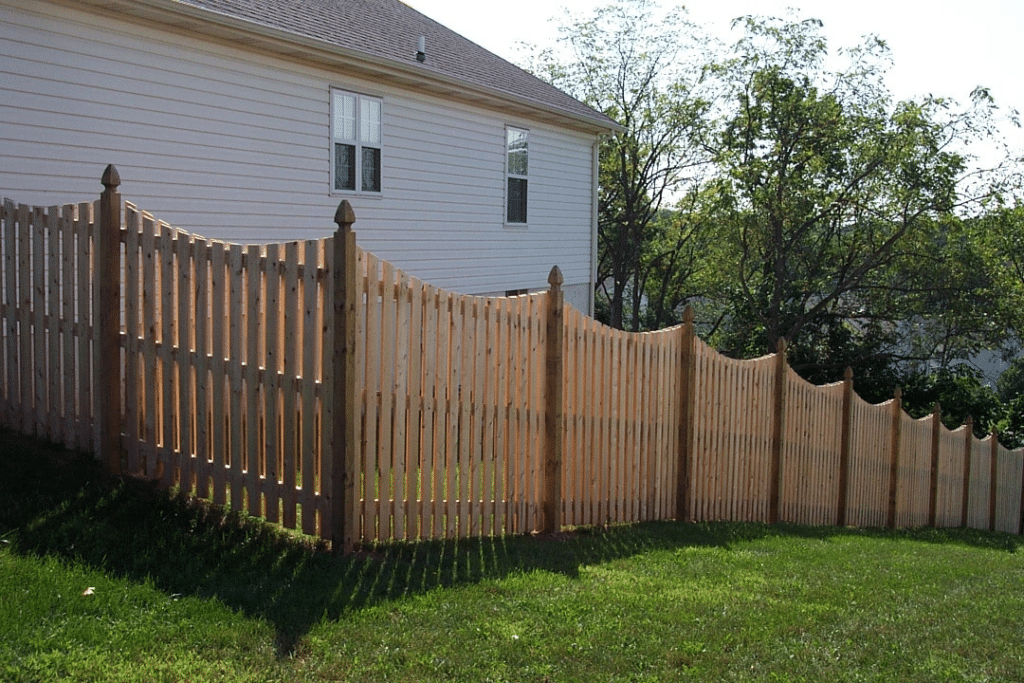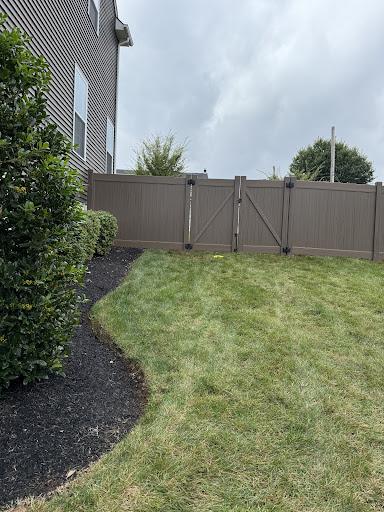We’ve seen it a hundred times: homeowners pick wood, style, and height, and skip the part that actually matters, permits. Wood fences installation sounds simple until someone tells you you’re breaking rules. Then suddenly, your fence isn’t just a project, it’s a problem. Permits aren’t there to make your life hard. They make sure your fence sits where it should, doesn’t fall apart, and doesn’t upset your neighbors. We check city rules, zoning, and HOA limits before touching a single board. Get the permit first, build second, and you save yourself headaches later.
People often ask why it even matters. Look, it’s not about annoying red tape. It’s about avoiding fines, keeping your property line in check, and making sure the fence lasts. Without a permit, you’re gambling with money and time. You don’t want to build a six-foot wall only to have to tear it down or redo it because it’s “not allowed.”

Why Permits Matter?
Permits are about safety and staying out of trouble. If your fence leans, blocks something, or goes over property lines, you’ll regret not having one.
When we handle wood fences installation, the permit is the first thing on our list. It makes sure:
- Your fence meets local rules and codes
- It doesn’t block utilities or easements.
- It stays on your property.
- You won’t get a letter from the city or HOA.
We’ve done clean installs, but the ones without permits? Not worth it. Fines, inspections, and forced adjustments aren’t fun. Sometimes it’s a small fix, sometimes you have to rip the whole thing down. Doing it right from the start saves time, money, and headaches.
Permits also cover you if something goes wrong. If a tree falls, a post shifts, or a neighbor complains, having documentation shows you did everything by the book. That’s why we never skip this step; it protects us and you.
Typical Permit Requirements
Every city is different, but most places share the same basics:
- Height limits: Backyard fences 4-6 feet. Front fences are usually lower. Don’t argue.
- Setbacks: Fences have to stay on your side of the property line. Don’t get creative.
- Material rules: Some HOAs care about wood type, color, or style. Yes, seriously.
- Inspections: Most places will check after you finish. A crooked fence? They notice.
Knowing the rules before you start is better than fixing mistakes later. Measure, check with the city, and make sure you’re on solid ground before buying wood. Trust us, once the posts go in, it’s too late to fix without a headache.
How do We Do Wood Fences Installation?
Here’s the real deal. Wood fences installation isn’t just about hammering boards. It’s measuring, prepping, and doing it right.
First, we come out and measure your land. This isn’t a quick glance; every slope, dip, and uneven patch matters. Then we handle the permit. Don’t want the paperwork? We do it. Once approved, we prep the site. Posts go in straight, treated so they don’t rot. Boards go up level, clean, and tight. Inspection? We take care of it. You just watch your fence come together.
We also think about durability. Wood warps, rots, and reacts to the weather. We pick the right type, treat it, and make sure it’s going to last. No one wants to replace a fence in three years. We build it to survive.
Doing it our way keeps things simple. No surprises, no callbacks, no “oops, the city says it’s wrong.” You get a fence that works, looks good, and stands for years.
Why You Should Hire Residential Fence Companies?
People try DIY or cheap crews. Posts lean, boards warp, permits get ignored. Not worth it. Professional residential fence companies avoid all that.
When we install, you get:
- Fence that passes inspection
- Posts that stay put
- Boards that line up and last
- Permit paperwork handled
It’s not just convenience. It’s avoiding a headache you can’t see coming until it’s too late. We know what goes wrong because we’ve fixed it. A fence might look fine while building, but tilt a few posts, use cheap wood, or ignore the permit, and it’ll come back to bite you. Hiring pros isn’t about looking fancy; it’s about saving money and time.
Practical Tips for a Smooth Fence Installation
Here’s some no-nonsense advice:
- Check local rules before buying wood. Saves headaches.
- Stick to property lines. No “I’ll fix it later.”
- Hire someone who knows what they’re doing.
- Use quality wood. Cheap boards rot, period.
- Think about the function. Looks matter, but it also has to do the job.
Also, pay attention to drainage and slope. Water pooling around posts is the fastest way to kill a fence. Level it, treat it, and make sure posts are stable.
Planning is everything. Know what you want, know what you can do legally, and make sure the installers you hire know the area rules. Doing this keeps your fence solid, straight, and long-lasting.
Dealing With Permits and Inspections
Permits can be confusing. Every city has its own rules. Some need detailed plans. Others just want a form. Some areas require inspections mid-installation. We handle it all. We submit plans, schedule inspections, and deal with officials so you don’t have to.
This part saves more than time. It saves frustration. Nothing worse than building your fence only to find you missed a tiny detail and the city flags it. With professional help, you avoid mistakes you didn’t even know existed.
Call to Action
Permits, inspections, and installation can get messy. Our residential fence companies handle all of it. From start to finish, we make sure your wood fence installation is done right, legal, and solid. Don’t gamble with DIY or inexperienced crews. Call us today and get it done without headaches.
FAQs
Q1: Do all wood fences need a permit?
Yes. Especially taller fences or those near property lines.
Q2: How long does a permit take?
Usually 1-3 weeks, depending on your city. We guide you through.
Q3: Can you install fences on uneven ground?
Yes. We adjust posts and panels so everything stays level and stable.
Q4: Do you deal with HOA approvals?
We do. We make sure your fence design meets HOA rules before installation.
















